
Nature Portfolio
@NaturePortfolio
Nature Portfolio’s high-quality products and services across the life, physical, chemical and applied sciences is dedicated to serving the scientific community.
The next generation of deep-brain stimulation automatically corrects the precise brain waves that create symptoms of Parkinson’s disease. A feature in @Nature explores if the approach could target other conditions. go.nature.com/4kM6rTI

Rates of brain ageing accelerated during the COVID-19 pandemic, even among those who did not get infected with SARS-CoV-2, suggests a study of nearly 1,000 UK adults published in @NatureComms. go.nature.com/4lALDzP
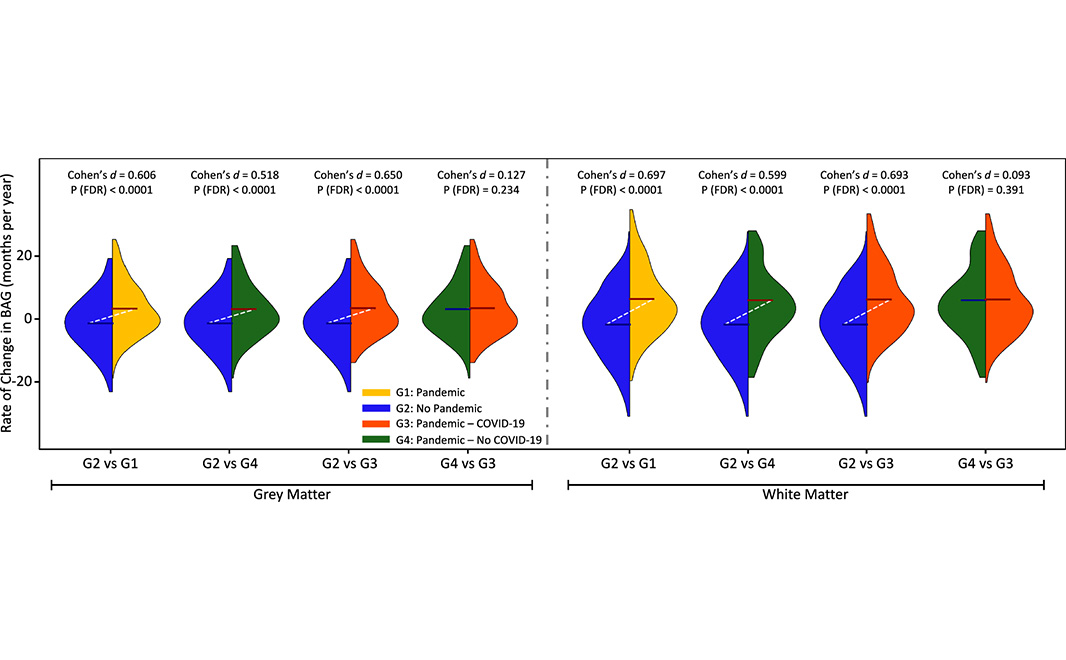
A study in @Nature_NPJ Aging provides evidence that treatment with psilocin, the active metabolite of the psychedelic psilocybin, extends cellular lifespan and psilocybin treatment promotes increased longevity in aged mice. go.nature.com/454uJCH
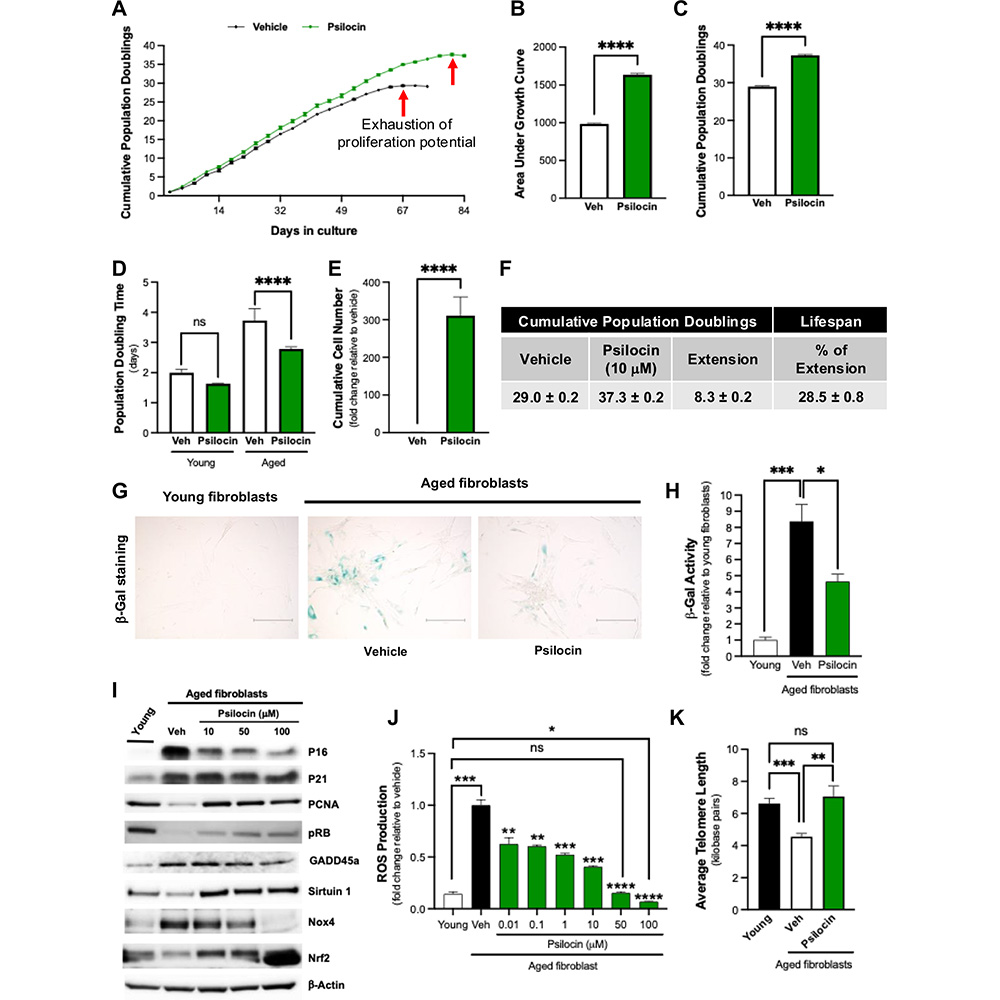
Our recent review article published in Nature Reviews Materials: we discussed the supramolecular chemistry engineering strategies of cellulose nanocomposites. @NaturePortfolio nature.com/articles/s4157…
“We are closer than ever to the day when a diagnosis of Alzheimer’s disease stops being a death sentence — but only if we continue to support researchers and enable their ability to work with one another,” writes @BillGates in @NatureMedicine. go.nature.com/3IDwzD2
A study in @NatureHumBehav finds that four-day work weeks without a reduction in income boost workers’ job satisfaction and physical and mental health, driven by enhanced work performance, lower levels of fatigue and fewer sleep problems. go.nature.com/3Um75MP
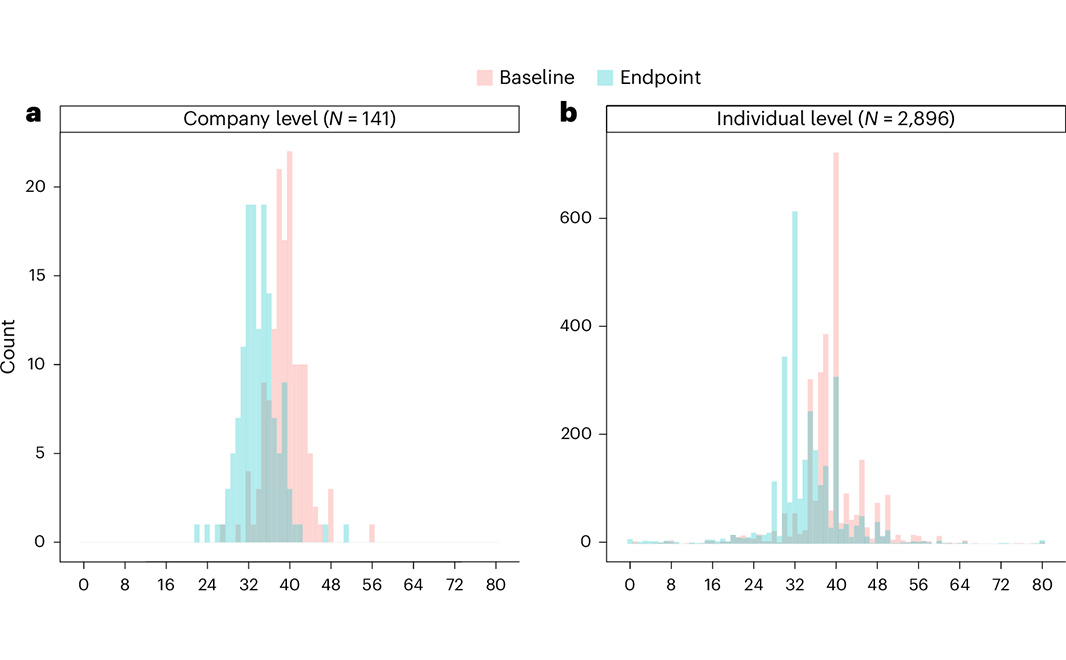
A study in @NatureComms shows that elevated EBNA-1-specific IgG antibody titers, detectable soon after Epstein-Barr virus seroconversion, are associated with individual multiple sclerosis risk, potentially serving as a prognostic biomarker. go.nature.com/46QhMPb
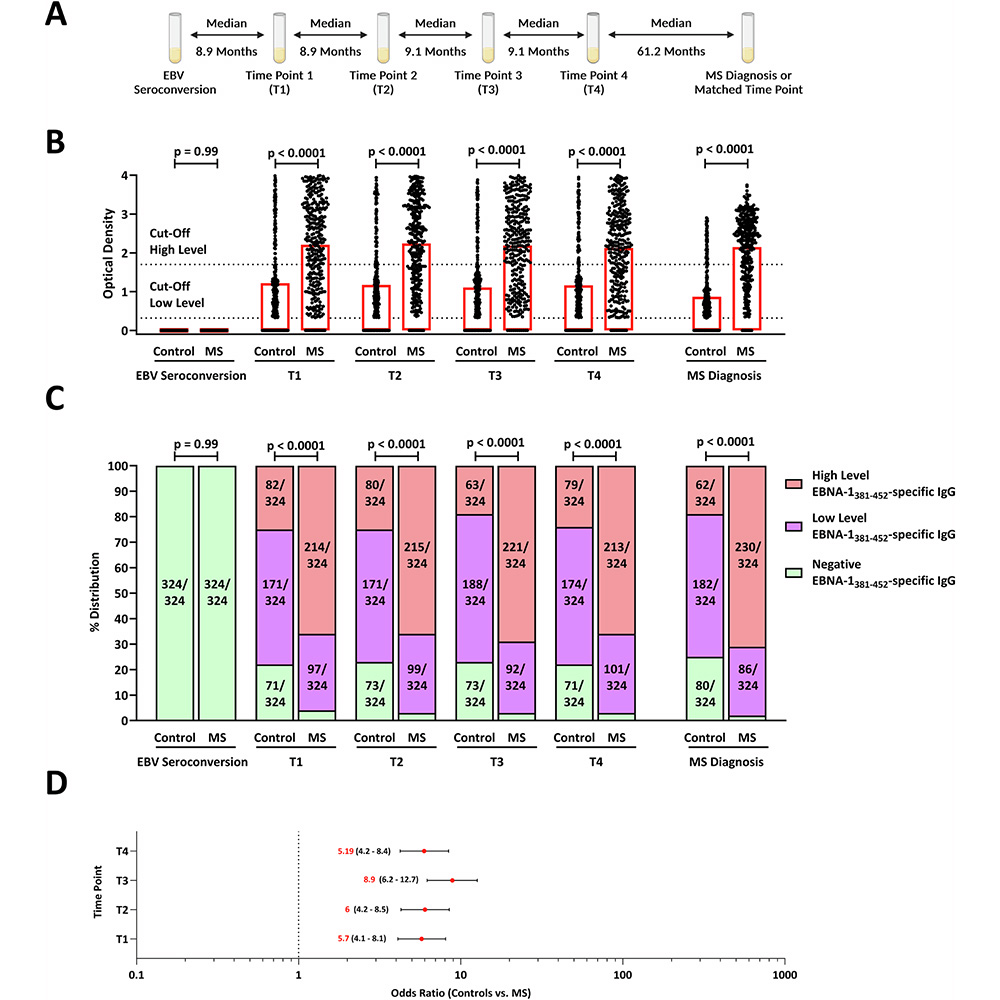
Ancient humans living in coastal areas are likely to have used whales as a resource. But, prehistoric coastal archaeological sites are fragile and subject to rising sea levels, making reconstructing past interactions between humans & marine mammals a challenge. @NaturePortfolio
Restrictions of atmospheric aerosol and precursor emissions in East Asia have contributed to the observed global surface warming acceleration since 2010, according to a study in @CommsEarth. go.nature.com/3GUs9qF
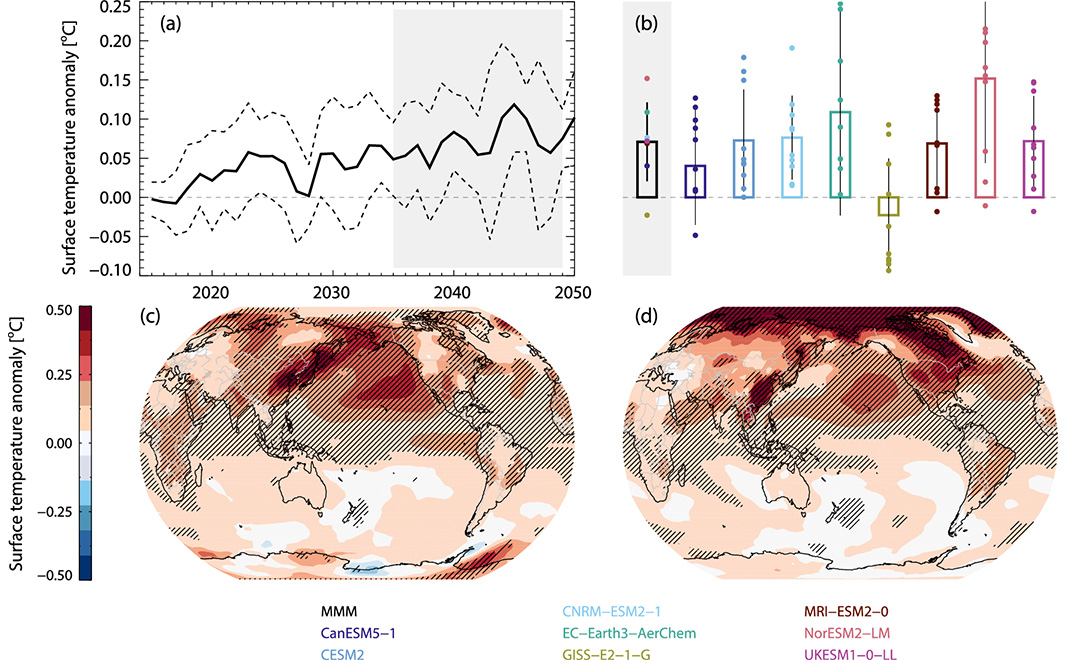
A Review in @NatureRevEndo assesses the role of ultra-processed foods in obesity, examining the epidemiological evidence, biological mechanisms and implications for policymakers. go.nature.com/44zGHoO
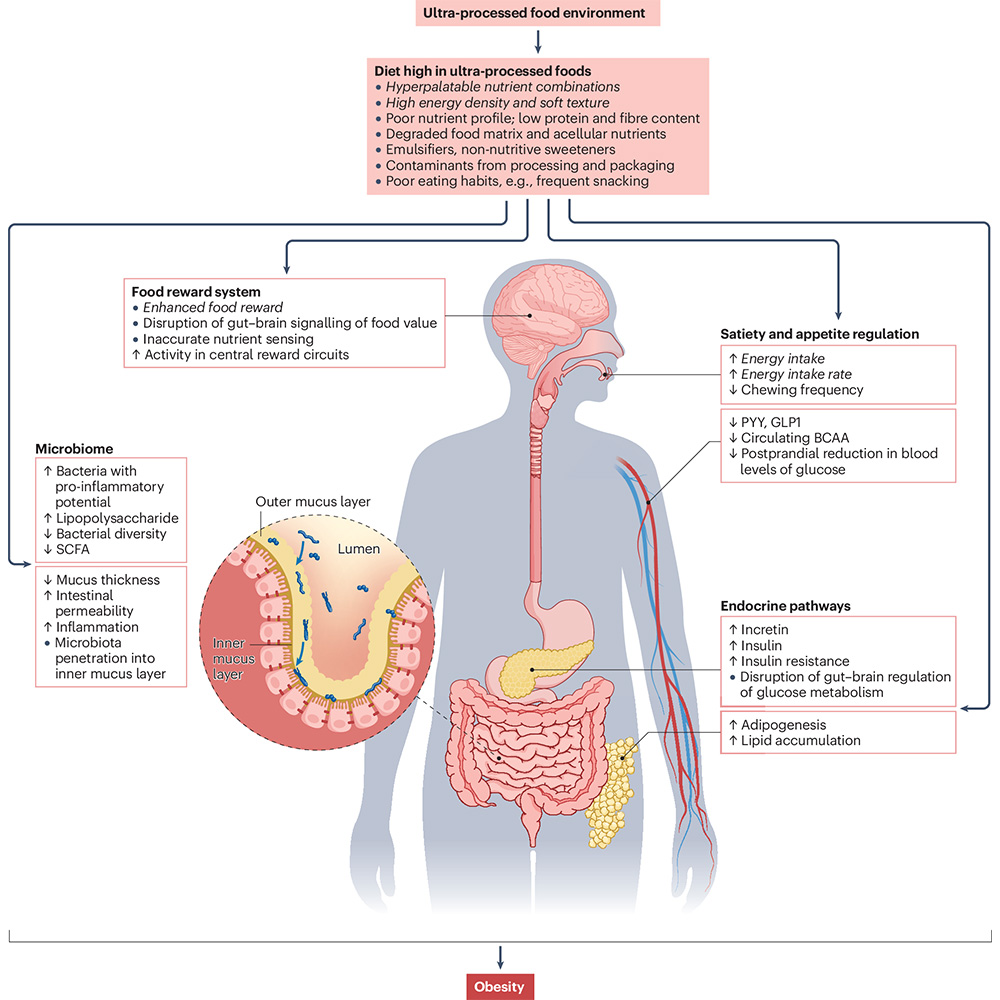
A Review in @NatureMedicine summarizes the current knowledge on mortality-defining toxicities of CAR T cell therapies beyond cytokine-release syndrome and immune effector cell-associated neurotoxicity syndrome. go.nature.com/3Gytkfv 🔒
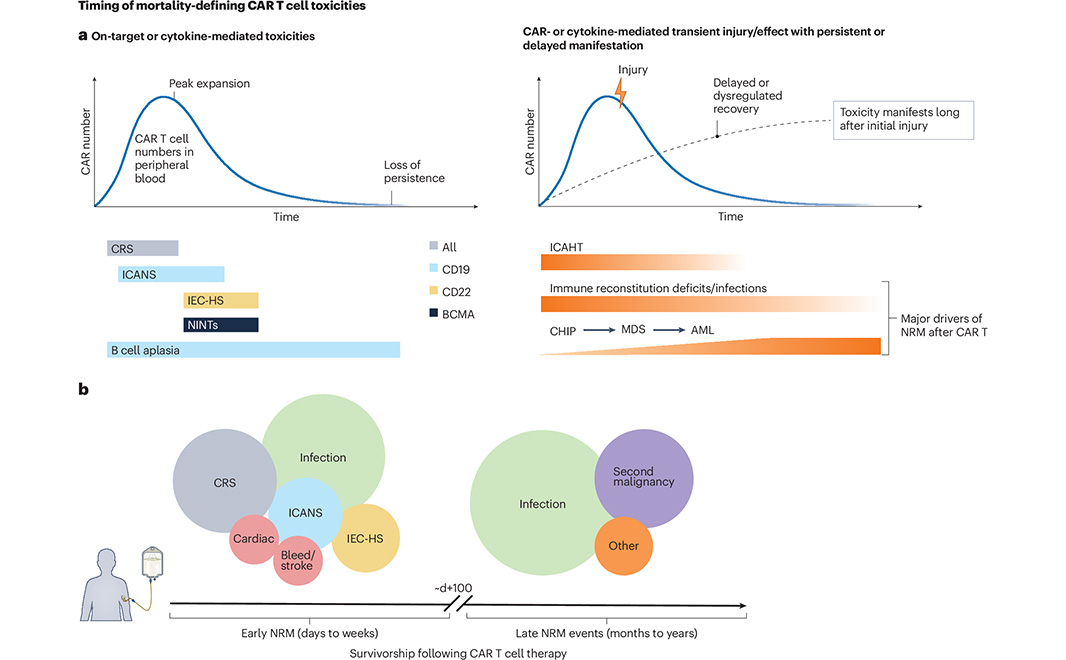
Researchers engaged in long-term projects often need to update their data sets over time. A feature in @Nature shows how to do it while maintaining reproducibility. go.nature.com/44zL9Uv
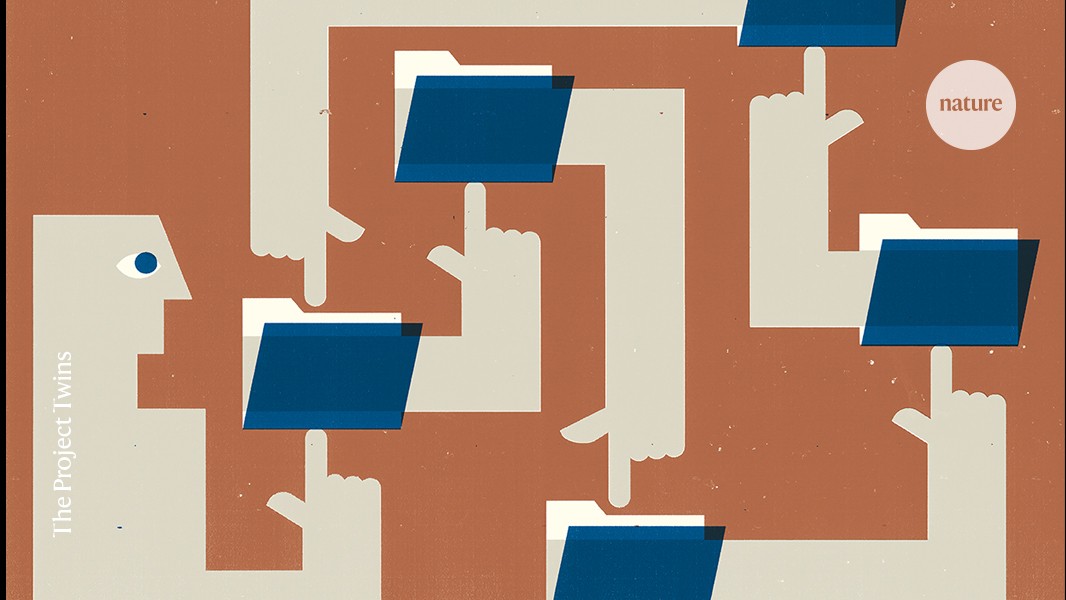
A study in @NatureComms used AI to mine global venom proteomes and discovered novel peptides with antimicrobial activity. Several candidates showed efficacy against drug-resistant bacteria in laboratory and animal tests. go.nature.com/3TLQvpv
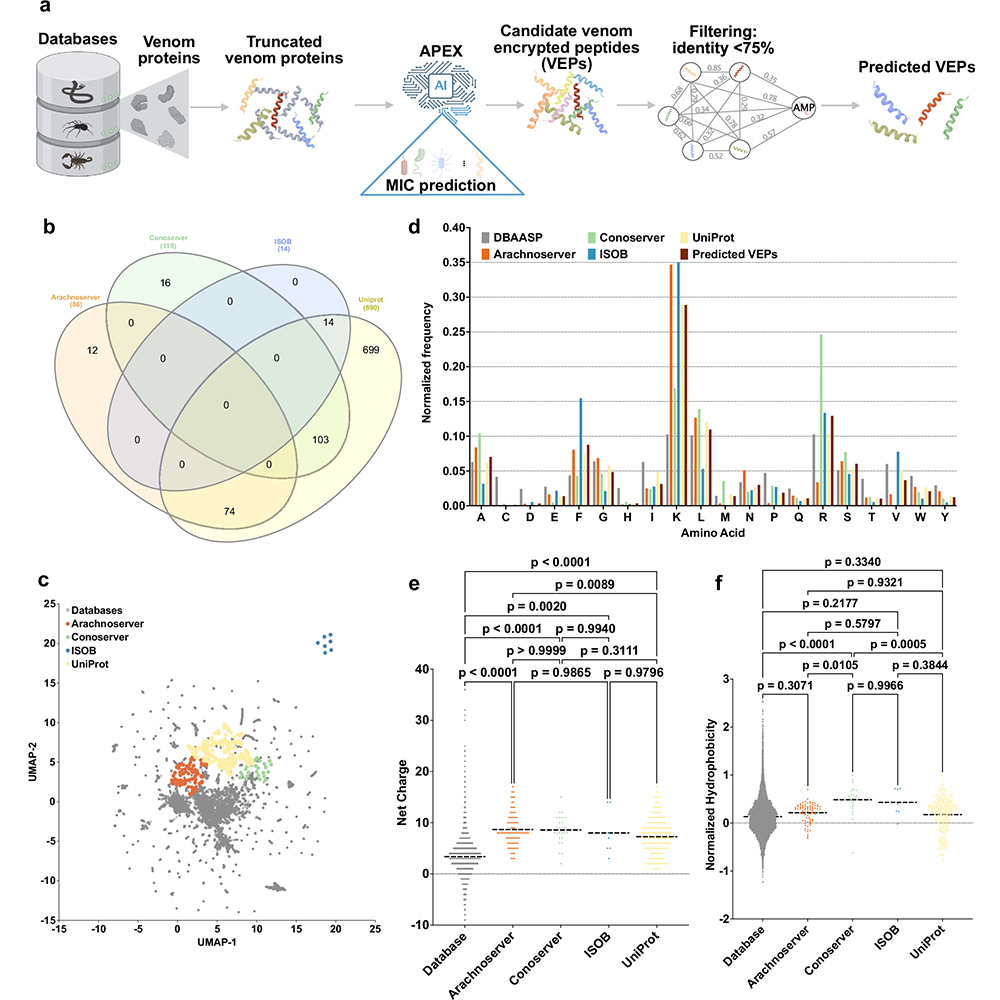
A Review in @natrevbioeng discusses wearable ultrasound technology, highlights key barriers to wide deployment and explores future development directions. go.nature.com/4eYjz70 🔒
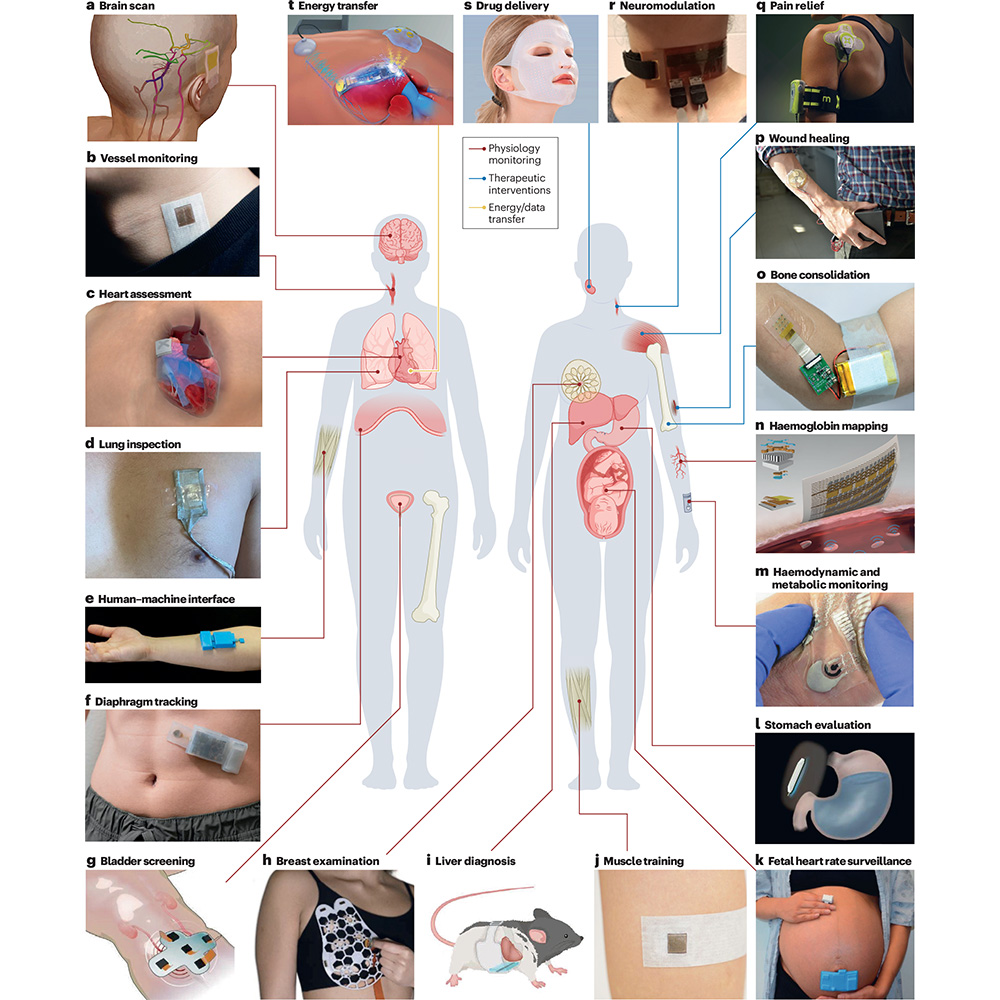
The duration of long heatwaves increases at an accelerating rate with warming such that a large increase in the risk of long-lasting heatwaves results from relatively modest warming, according to an analysis in @NatureGeosci. go.nature.com/44WkxMB
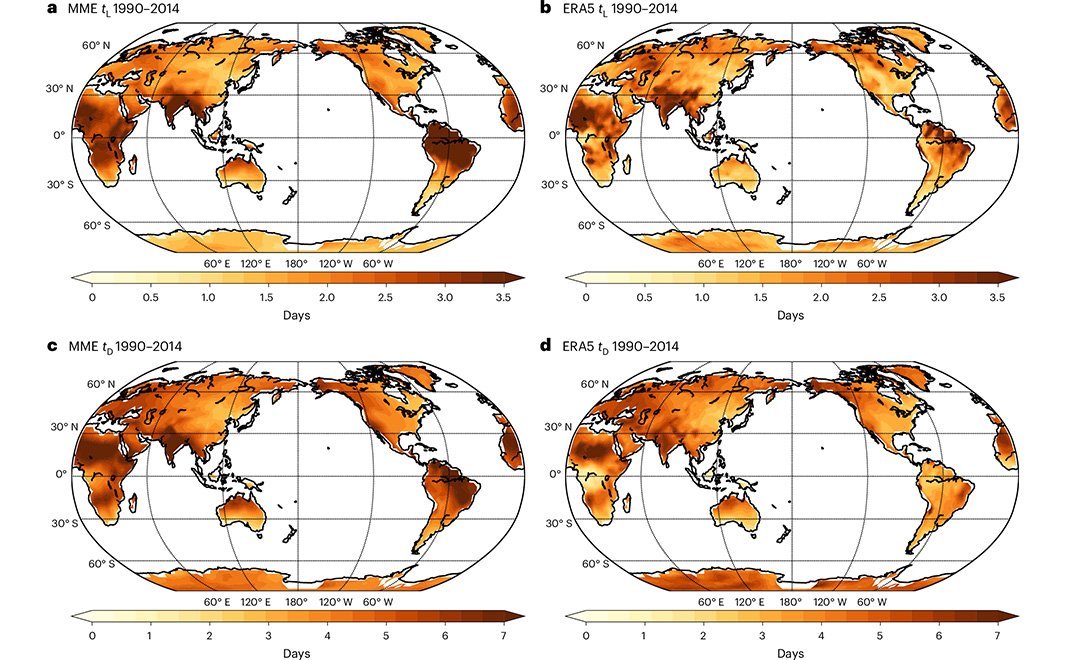
Several local factors could be key for predicting the potential of an outbreak of highly pathogenic avian flu occurring in Europe, according to a study in @SciReports. go.nature.com/4nUKJzy
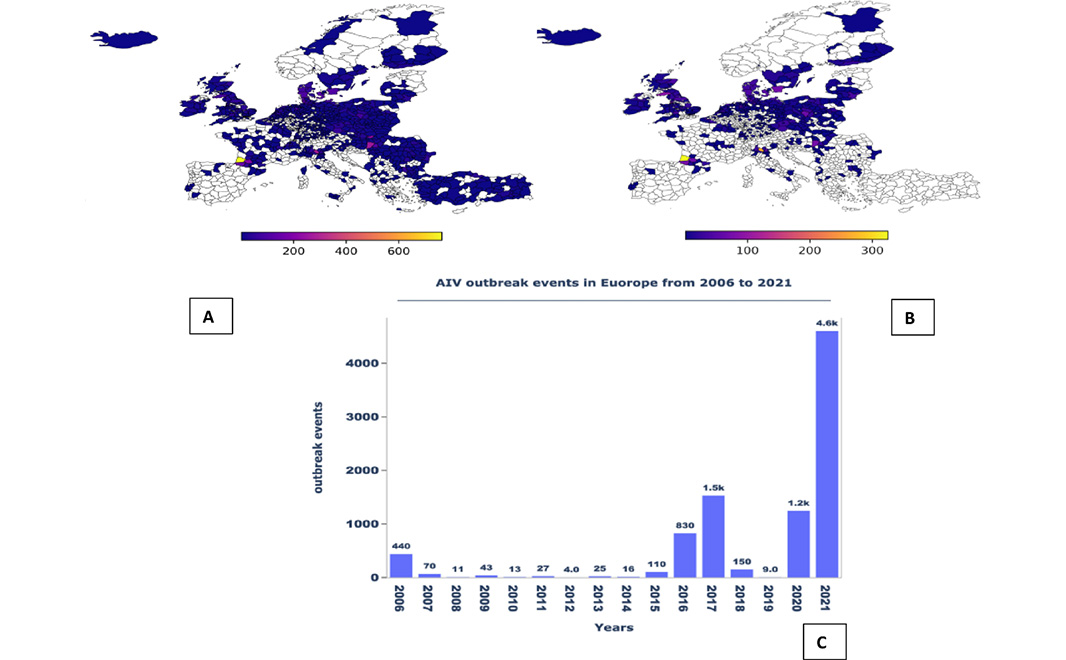
Observations reported in @Nature show the gaseous disk around a young star in the first stages of the assembly process to form a new planetary system, which likely mimics the conditions that occurred in the very early Solar System. go.nature.com/3GQ6XlB
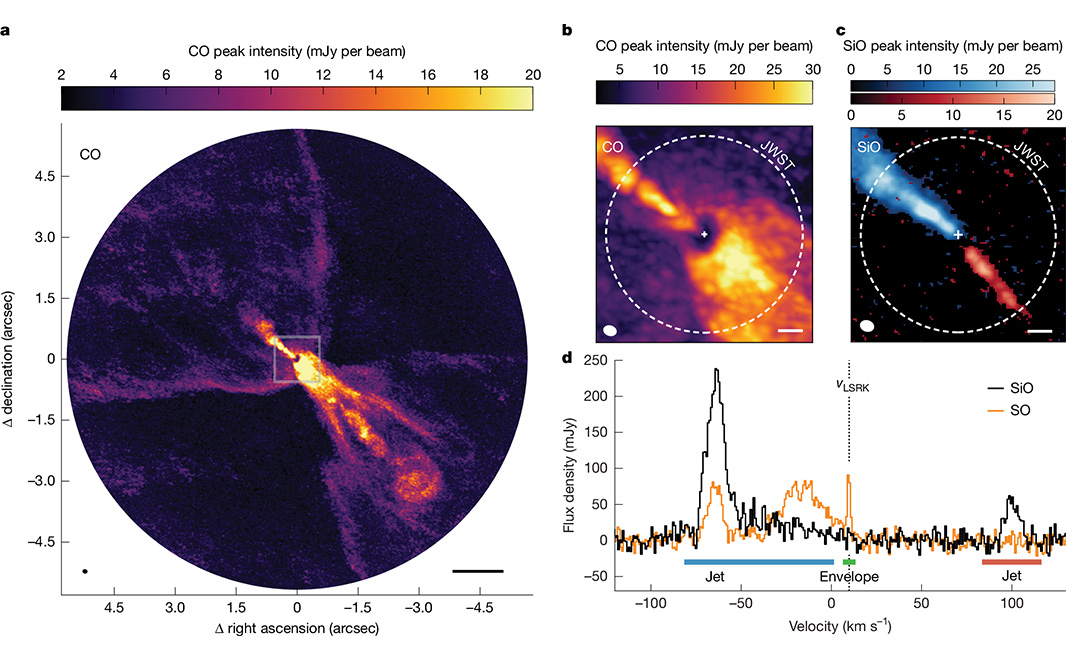
A study in @SciReports suggests that the way dogs engage with TV may depend on their personalities. Excitable dogs were more likely to follow on-screen objects while fearful or anxious dogs were more likely to respond to stimuli such as cars or a doorbell. go.nature.com/4kKOPYq

🔔Thrilled to share that our paper "X-ray2CTPA: leveraging diffusion models to enhance pulmonary embolism classification” has just been published in @NaturePortfolio Digital Medicine! 🎉 🔗 Paper: doi.org/10.1038/s41746… 🔧 Code: github.com/NoaCahan/X-ray…
New paper in @npjAMR @NaturePortfolio: a single course of meropenem leaves scars—mice stay in gut dysbiosis 30 days after clearing E. coli. A cautionary tale about the microbiome costs of antibiotics. 🦠 nature.com/articles/s4425…